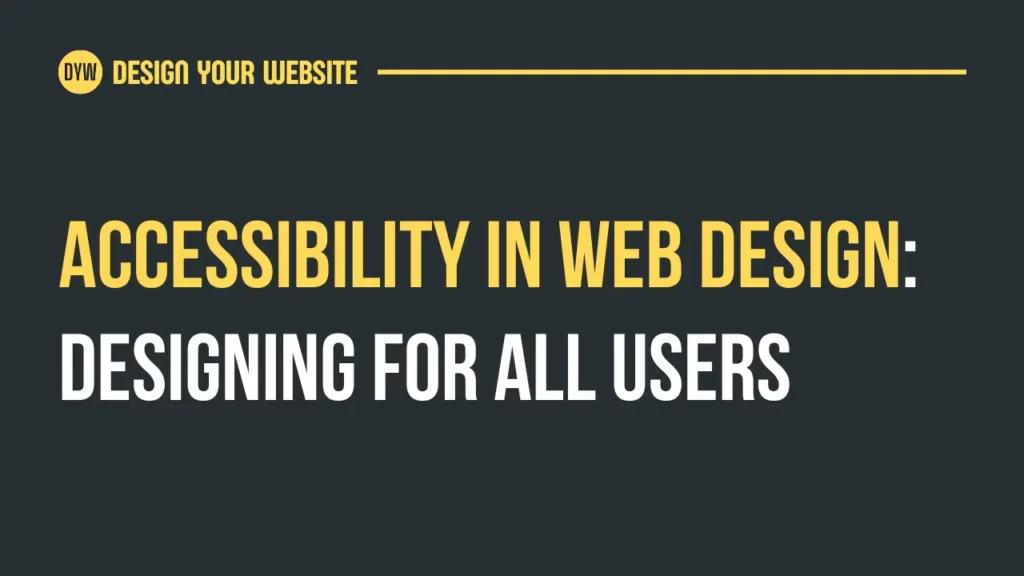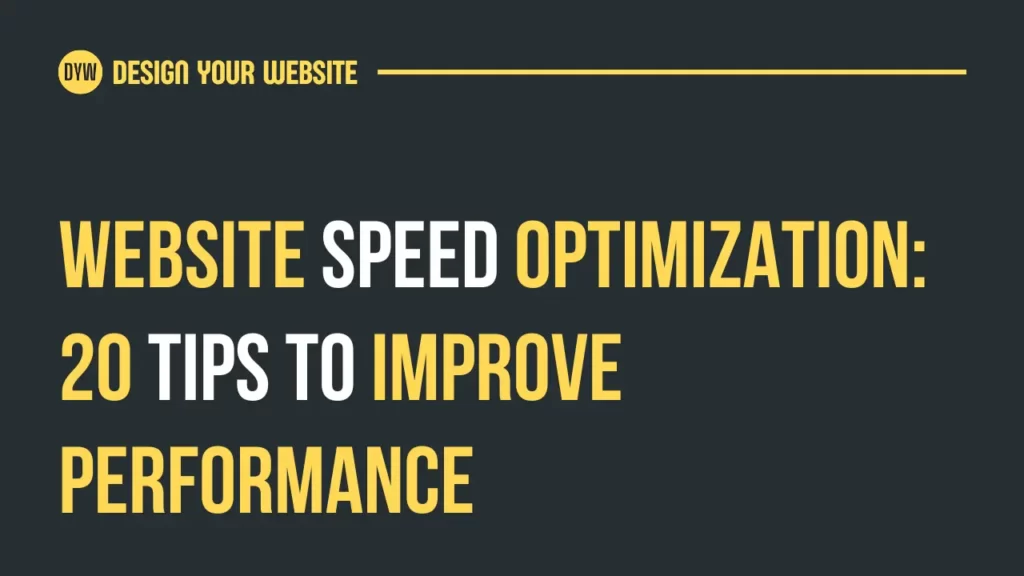Accessibility in Web Design – Introduction
In the digital era, where the internet has become an integral part of our lives, it is crucial to ensure that websites are accessible to everyone. Web accessibility refers to the practice of designing and developing websites that can be used by individuals with disabilities or diverse needs. It is not only a legal requirement in many countries but also a fundamental aspect of user-centered design.
This blog aims to shed light on the importance of creating inclusive websites for all users, regardless of their abilities. We will provide guidance on designing accessible websites and encourage readers to consider creating their websites with us for optimal results.
I. Understanding Web Accessibility
A. Defining Web Accessibility
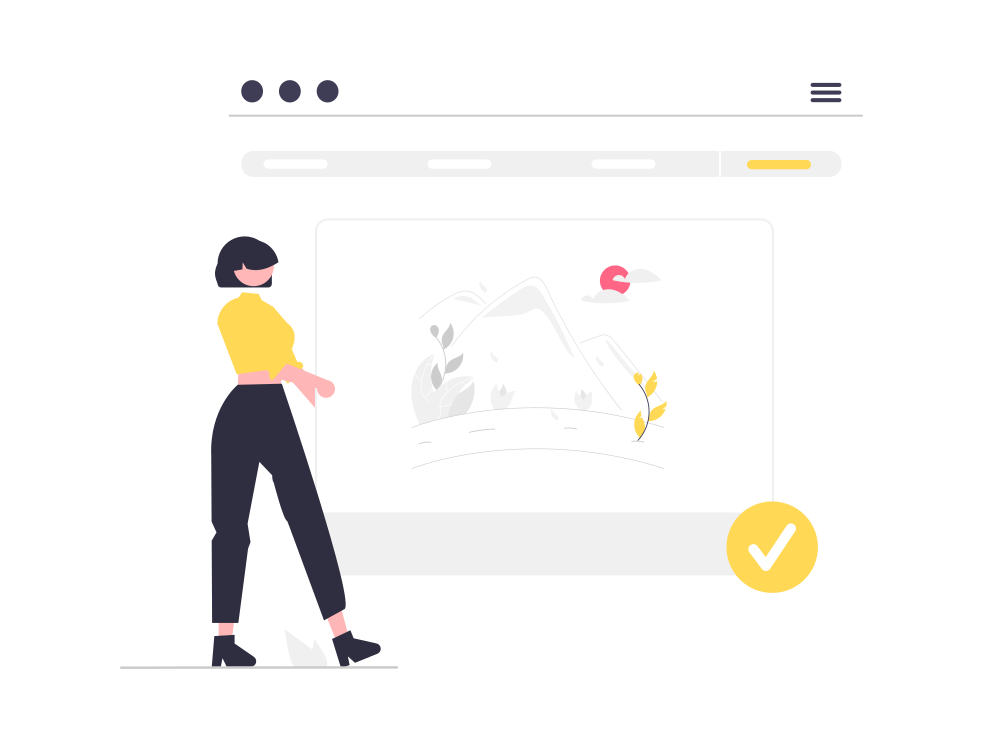
Web accessibility encompasses the principles, techniques, and guidelines that facilitate equal access and usability for all individuals, including those with disabilities. It involves removing barriers that may prevent certain users from fully experiencing and interacting with websites. By prioritizing accessibility, we ensure that everyone can perceive, navigate, understand, and interact with web content effectively.
B. The Benefits of Web Accessibility
Designing accessible websites offers numerous advantages. Firstly, it improves the user experience for individuals with disabilities, allowing them to browse, access information, and engage with online services independently. Secondly, accessible websites have a broader reach, as they accommodate the needs of a diverse audience, including the elderly and people with temporary disabilities. Lastly, creating accessible websites aligns with accessibility standards such as the Web Content Accessibility Guidelines (WCAG), ensuring compliance with legal requirements and best practices.
II. Principles and Guidelines for Web Accessibility
A. WCAG (Web Content Accessibility Guidelines)
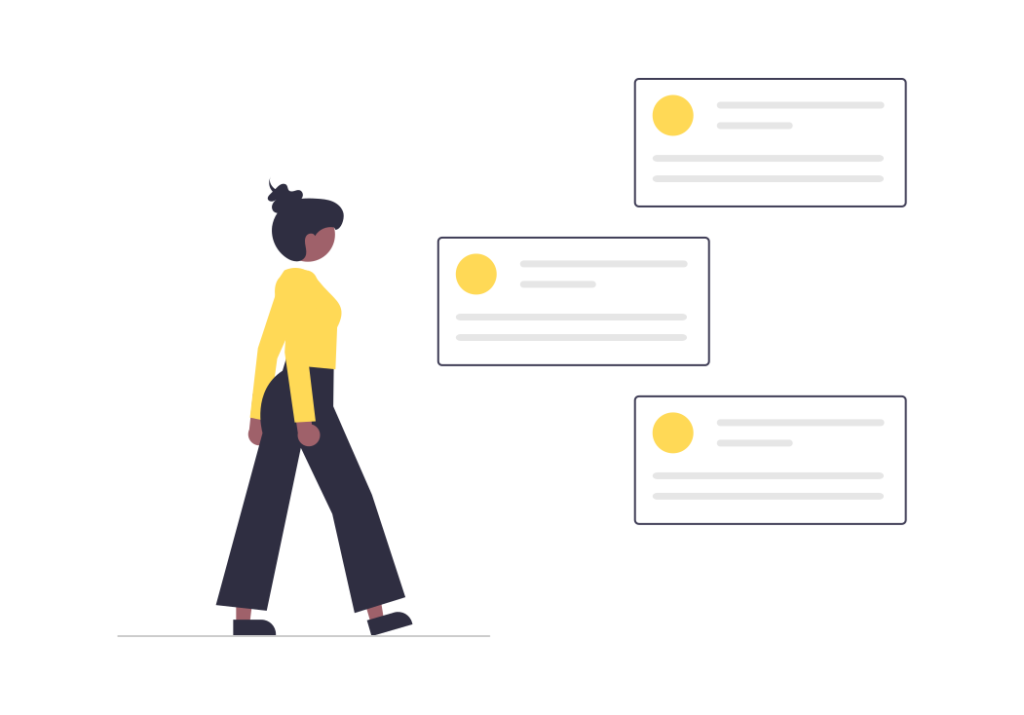
The Web Content Accessibility Guidelines (WCAG) are a set of internationally recognized guidelines for creating accessible web content. WCAG is based on four key principles—Perceivable, Operable, Understandable, and Robust (POUR)—that form the foundation of web accessibility. Each principle comprises specific guidelines and success criteria. For instance, the “Perceivable” principle emphasizes providing alternatives for non-text content, ensuring text alternatives for images, and creating content that can be perceivable through different senses.
B. Key Considerations for Accessible Web Design
When designing for accessibility, various factors must be taken into account. Color contrast plays a vital role in ensuring readability for individuals with visual impairments. Incorporating appropriate contrast between text and background colors enhances legibility. Additionally, providing keyboard navigation options allows users to navigate through the website without relying on a mouse. Structured content, clear headings, and responsive design also contribute to a seamless user experience for all visitors.
III. Design Best Practices for Accessibility
A. Typography and Readability

Legible typography is a cornerstone of accessible design. Choosing fonts that are easy to read, maintaining appropriate font sizes, and ensuring adequate line spacing enhances readability for all users. Moreover, using sufficient color contrast between text and backgrounds is essential to make content accessible to individuals with visual impairments.
B. Navigation and Interactivity
Clear and consistent navigation is crucial for an inclusive user experience. Incorporating features such as skip links, breadcrumb trails, and well-organized menus facilitate ease of use for users with disabilities. Ensuring that interactive elements are easily distinguishable and operable makes navigation more intuitive for everyone.
C. Multimedia and Alternative Content
Multimedia elements like videos and audio files require additional considerations for accessibility. Providing captions, transcripts, and audio descriptions allows individuals with hearing impairments or cognitive disabilities to fully understand the content. Alt text and proper labeling for images enable users relying on screen readers to access visual information effectively.
IV. Testing and Assessing Accessibility
A. Evaluating Web Accessibility
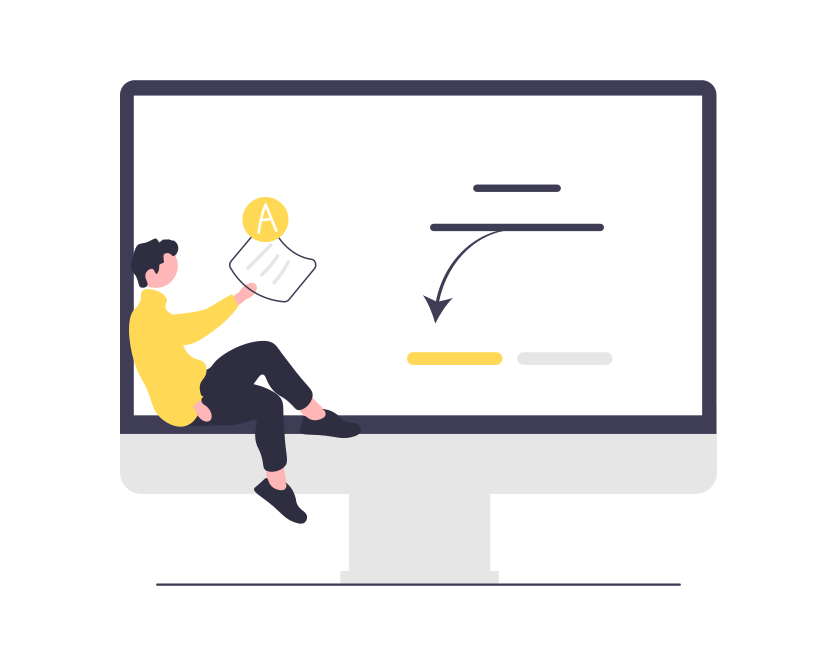
To assess the accessibility level of a website, various methods and tools can be utilized. Automated accessibility testing tools help identify common accessibility issues, while manual testing allows for a more comprehensive evaluation. Conducting regular accessibility audits ensures ongoing compliance and maintains an inclusive user experience.
B. User Testing and Feedback
Involving users with disabilities in the testing and evaluation process is essential for identifying and addressing accessibility barriers. Gathering feedback from users not only helps uncover issues that may have been overlooked but also provides valuable insights for improving the overall accessibility of the website.
V. Conclusion: Design Your Accessible Website with Us
Designing accessible websites is a responsibility that benefits both users with disabilities and website owners. By prioritizing web accessibility, we create an inclusive online environment that fosters equal access and engagement. We encourage readers to consider the importance of accessibility when creating their own websites and to collaborate with our team for optimal results. With our expertise and commitment to accessibility, we can ensure that your website reaches a wider audience and provides an exceptional user experience for all. Get in touch with us today and let’s make the web accessible for everyone.
Frequently asked questions about Accessibility in Web Design: Designing for All Users
Q: What is web accessibility in web design?
A: Web accessibility in web design refers to the practice of creating websites that can be used by individuals with disabilities or diverse needs. It ensures equal access and usability for all users, improving their browsing experience.
Q: Why is web accessibility important in web design?
A: Web accessibility is crucial to ensure inclusivity and equal access to information for all users. It enhances user experience, expands the website’s reach, and aligns with legal requirements and best practices.
Q: How can I make my website more accessible?
A: To make your website more accessible, consider factors such as color contrast, keyboard navigation, text alternatives for images, and structured content. Providing clear headings, avoiding excessive animations, and ensuring responsive design are also key.
Q: What are the key principles of web accessibility?
A: The key principles of web accessibility are Perceivable, Operable, Understandable, and Robust (POUR). These principles guide the Web Content Accessibility Guidelines (WCAG) and help create websites that are accessible to all users.
Q: What are some best practices for accessible web design?
A: Best practices for accessible web design include choosing legible fonts and appropriate sizes, maintaining color contrast, creating clear and consistent navigation, providing alternative content for multimedia, and conducting regular accessibility audits.
Q: How can I test the accessibility of my website?
A: You can test the accessibility of your website using automated accessibility testing tools and manual testing. Regular accessibility audits are recommended to ensure ongoing compliance and an inclusive user experience.
Q: Are there any guidelines or standards for web accessibility?
A: Yes, the Web Content Accessibility Guidelines (WCAG) provide widely recognized guidelines and standards for web accessibility. WCAG is regularly updated and encompasses principles and success criteria for creating accessible web content.
Q: Does web accessibility benefit all users, including those without disabilities?
A: Yes, web accessibility benefits all users. An accessible website provides a better user experience for everyone, including the elderly, those with temporary disabilities, and individuals using various devices or internet connections.
Q: Should I involve users with disabilities in the design and testing process?
A: Yes, involving users with disabilities in the design and testing process is essential. Their input and feedback help identify accessibility barriers and improve the website’s overall accessibility.
Q: How can your services help me design an accessible website?
A: Our services prioritize accessibility in web design. With our expertise, we can guide you through the process of creating an inclusive website, ensuring compliance with accessibility standards, and providing a seamless user experience for all.
